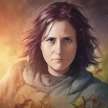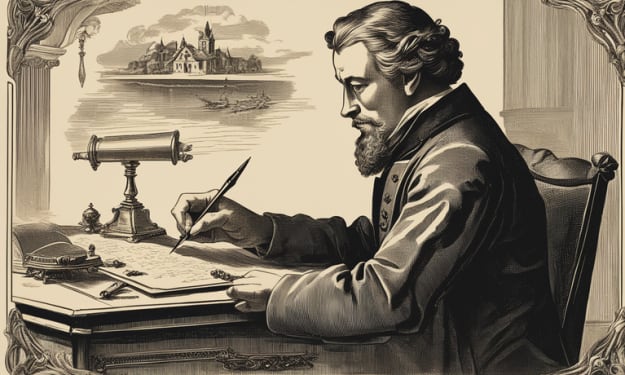Effective Reading in Four Easy Steps
Reading is to the mind what exercise is to the body - Joseph Addison.

Reading is the cornerstone of all study techniques. It is also my favourite pastime. There are, however, many forms of reading. Some of us may read for pleasure, while others want more out of their books.
This second group has several techniques to get the maximum out. To read effectively, you must fully engage with the text through highlighting and summarising.
These skills will make you a more productive reader and reduce the time research and writing takes.
Skim Reading
This should be your first pass of the book and is valuable for getting the overall impression without too much detail. It is the process of previewing the material. In doing this, you look at whether it is relevant to you and your project.
The way I would suggest you do this is to start by reading the blurb on the back. If this passes your inspection, then look at the table of contents.
The table of contents will give you a better idea of what the book will deal with. Do you need to read a few selected chapters relevant to your research, or do you need to study the whole book?
Another place that you can unravel these clues is in the index. Look at the topics with many page numbers; these are popular topics. Finally, if you are still happy with your choice of reading material, read the introduction for a more rounded impression of the book.
The good news is that you can do all of this in your favourite bookshop to save you from purchasing books that are not relevant.
Scan Reading
Once you have completed your skim reading and ascertained that the book would be helpful to you, it is time to scan the book.
Imagine you are in the Louvre Museum for the sole purpose of seeing the Mona Lisa. You would not spend hours looking at every photo. Instead, you would walk the corridors scanning the walls until you found the beautiful painting. That is a similar process to scan reading.
Unlike skimming, where you study the entire book content, scanning involves a more targeted approach. You do not look at the book's entire content but at the relevant information.
When you find this information, you look for keywords, dates and names to help write notes on the topic. Use this technique to help locate information and answers on your specific information.
Active or Intensive Reading
Once you have completed the first two reading parts, you move on to intensive reading. Intense reading is an active read of the text, using marginalia and note-taking to absorb the information.
This is the stage where you ask questions, make connections and develop your ideas on what you have read. This method helps you engage with complex subjects and enhances your retention and understanding of information.
Using this system helps you develop critical thinking skills. Mainly, this is used for non-fiction text but can also be used with fiction, such as the classics, which take a little more attention.
I do this sparingly for fiction because sometimes you just need to enjoy a good story.
Analytical Reading
This final stage of reading, I would say, is not for everyone. It is used for academic students, but few readers use it personally. It is, however, a valuable skill to have and involves analysing the text.
Researchers, academics and those seeking a thorough knowledge of the issues use this concept. It involves thinking about four key questions and journalling or writing articles to express these points and your opinions.
1. Identification: readers should identify the author's arguments, claims, and supporting evidence. How do these align with other texts you have read on the subject?
2. Assessment: the text should be assessed to determine the credibility and reliability of the information presented. Do other authors and studies contradict what you have just read? Why is this so, and what is your opinion
3. Recognition: readers should be able to recognise underlying assumptions and potential biases. They should also be able to argue these in their mind and clearly understand where their cognitive bias sits.
4. Comparison: lastly, the text should be compared to other relevant sources to develop a comprehensive perspective. Look at arguments that support that of the author but also contradict.
The Beauty of Literature
Books are vast warehouses of facts that play a significant part in energising the brain and imagination.
Some may appear daunting to read, mainly some large textbooks or classic novels, but sometimes the most challenging and inaccessible yield the best results.
Some books I struggled with at the beginning of reading have become my favourites. All authors have a different voice; you must use the above techniques to learn this voice. Once you have this, reading the rest of the book is easy.
Reading books builds your communication skills and improves your empathy for others. Whether reading for articles, university papers or pleasure, ensure you live the great books.
About the Creator
Sam H Arnold
A writer obsessed with true crime, history and books. Find all my dedicated newsletters whether you are a true crime fan, bookworm or aspiring writer on Substack - https://substack.com/@samharnold






Comments
There are no comments for this story
Be the first to respond and start the conversation.